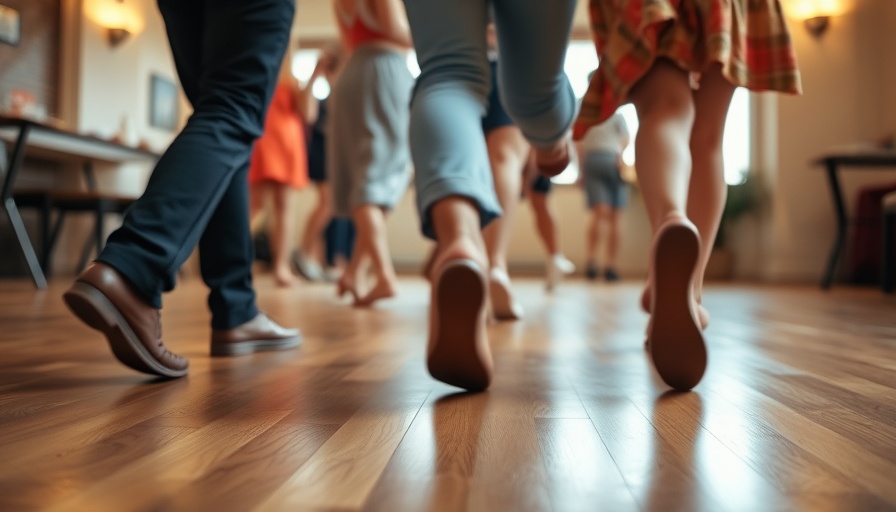
The Fascinating Connection Between Dance and Brain Function
As many of us are aware, dancing isn't just an art form; it is a social activity that orchestrates complex interactions between individuals. According to a recent study published in the Journal of Neuroscience, researchers explored how our brains synchronize movements, especially when dancing with a partner. This fascinating investigation, led by Félix Bigand and Giacomo Novembre from the Italian Institute of Technology, unveils important insights that could reshape our understanding of social coordination.
Understanding the Science of Dance Synchronization
The researchers focused on pairs of inexperienced dancers, observing their brain activity and movements as they executed various dance routines. Notably, they manipulated visibility; dancers either could see each other or not. This controlled environment allowed the researchers to analyze neural signals in response to music processing and self-generated movements. The findings revealed that social coordination signals emerged primarily when dancers were moving to the same song and could visually connect.
Insights into Movement Sensitivity: A Surprising Outcome
One of the standout findings highlighted in the study was the brain's sensitivity to the 'bouncing' motion of the knees during social coordination. With 15 different movements recorded, the knee bounce, despite its relatively weak amplitude, stood out as a crucial indicator of social connection. This unexpected emphasis suggests a unique role in how our brains process synchrony in social interactions.
The Implications of Dance on Social Interaction
These insights extend beyond dance; they delve into the fundamental ways our brains facilitate socially engaging activities. By recognizing how dynamic sensory information is integrated, we can better understand the broader applications for social interactions in various settings. This research opens avenues not only for those interested in dance but also for professionals in fields benefiting from enhanced social engagement—such as therapy, education, and team-building exercises.
Considerations for Health and Wellness
Engaging in dance is more than just fostering fun; it promotes health and wellness, showcasing community and physical engagement. By modifying dynamics of dance lessons, health and wellness centers may attract more individuals seeking to improve their mental and physical wellbeing through social coordination. Those in places like San Antonio could witness a surge in community involvement in health-centered events driven by a deeper understanding of these neuroscience findings.
Future Directions: Bridging Dance and Neuroscience
As research evolves, the potential for this understanding to influence therapeutic practices becomes palpable. Whether through dance therapy or social skill workshops, the importance of movements in fostering community cannot be overstated. Continued exploration could lead to insights into how dance can be integrated into various therapeutic contexts, aiming to enhance both mental and physical health across demographics.
Transforming Insights into Action
What does this mean for you? Whether you are a casual dancer or a seasoned professional, understanding the science behind how our movements connect us can inspire you to partake in more dance-related activities. Local health and wellness events in areas like San Antonio could benefit from integrating these findings into their programs, making dance a pivotal part of lifestyle enhancement.
In closing, while the study on dance and brain synchronization unravels complex relationships between our social interactions and neural activity, it also reminds us of dancing's joy and its potential to connect us, physically and socially. Consider enrolling in a dance class or attending a local health event to experience these benefits firsthand!
 Add Row
Add Row  Add
Add 




 Add Row
Add Row  Add
Add 


Write A Comment